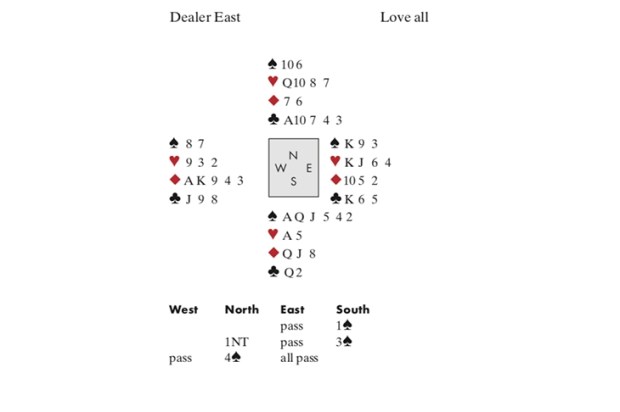It is difficult to fault this remarkable volume. The publishers have created a book of quality with stunning illustrations and lucid maps. It will, I believe, become a standard reference for all who study the complex history of Central Asia and the Silk Road.
This is the second volume in Christoph Baumer’s projected four-book series on Central Asia and shows its author to be an extraordinary person, whose skills encompass those of an explorer, a geographer, a historian, an archaeologist and a photographer. Moreover, in each of these exacting disciplines he is no amateur. He displays the rare qualities of both an academic and a man of action. His sparkling prose ensures that the armchair traveller will not nod off.
He starts with the creation of the early Central Asian empires, their collapse and replacement by subsequent kingdoms. These imperial histories are interlaced with a complex migration of peoples and lead on to the establishment of the powerful Sogdian kingdom, the foundation of Samarkand and the more recent migrations of Turkic nomads. Tibet is shown as a major power, influencing, through battles and Buddhism, vast sections of the Silk Road. Then Islam appears and its effect upon the old Silk Road oases in Xinjiang is still with us today.
These empires, peoples and their religions formed strategic outposts along the Silk Road, that vast trading highway, which for centuries connected diverse and far-flung sedentary empires. This commercial network expanded as rapid economic growth was generated by one imperial dynasty after another.
Perhaps the most important of all the many commodities which were carried along these frequently dangerous highways was in fact silk. Highly valued as a material in Europe, partly because lice could not obtain a foothold, it also served as a currency for such varied activities as the payment of salaries, the purchase of horses and for tribute to gain entrance into nomadic empires. As such, the Silk Roads became tribute routes, and silk played an essential role in weaving together the powerful steppe empires of Central Asia. Little wonder China jealousy guarded the mysteries of its manufacture until, so the story goes, a Chinese princess inadvertently gave the secret away in the powerful state of Khotan, south of the Taklamakan desert, some time around the third century AD.
It is in the Taklamakan that Baumer has made his own spectacular archaeological finds, notably an Iron Age cemetery and the only stone inscription in the Central Asian Gandhari language. He also found the only known Han dynasty watchtower in the interior of the desert of Lop.
Because of the author’s personal engagement his book exudes authority. Not unnaturally, a large section of the book concentrates on the Taklamakan desert and the desert of Lop, which from this reviewer’s experience are the harshest in the world. It was in these deserts, and especially in the ancient city of Lou Lan, that the Swedish explorer Sven Hedin and the British archaeologist Aurel Stein made some of their greatest finds. These have contributed to much of our primary knowledge concerning the migration of peoples and the shift of imperial fortunes on this section of the Silk Road.
I have only only one criticism. Baumer does not give due credit to the Bactrian camel, for thousands of years the ‘ship of the desert’ along huge stretches of the Silk Road. He states that in the area of the lake of Lop Nur ‘no animal can survive in this waterless wasteland’. Well, not quite. I found numerous footprints of the incredible, wild double-humped camel on the dried-up lakebed — and they appeared in Lou Lan too, one of the bleakest places on earth.






Comments